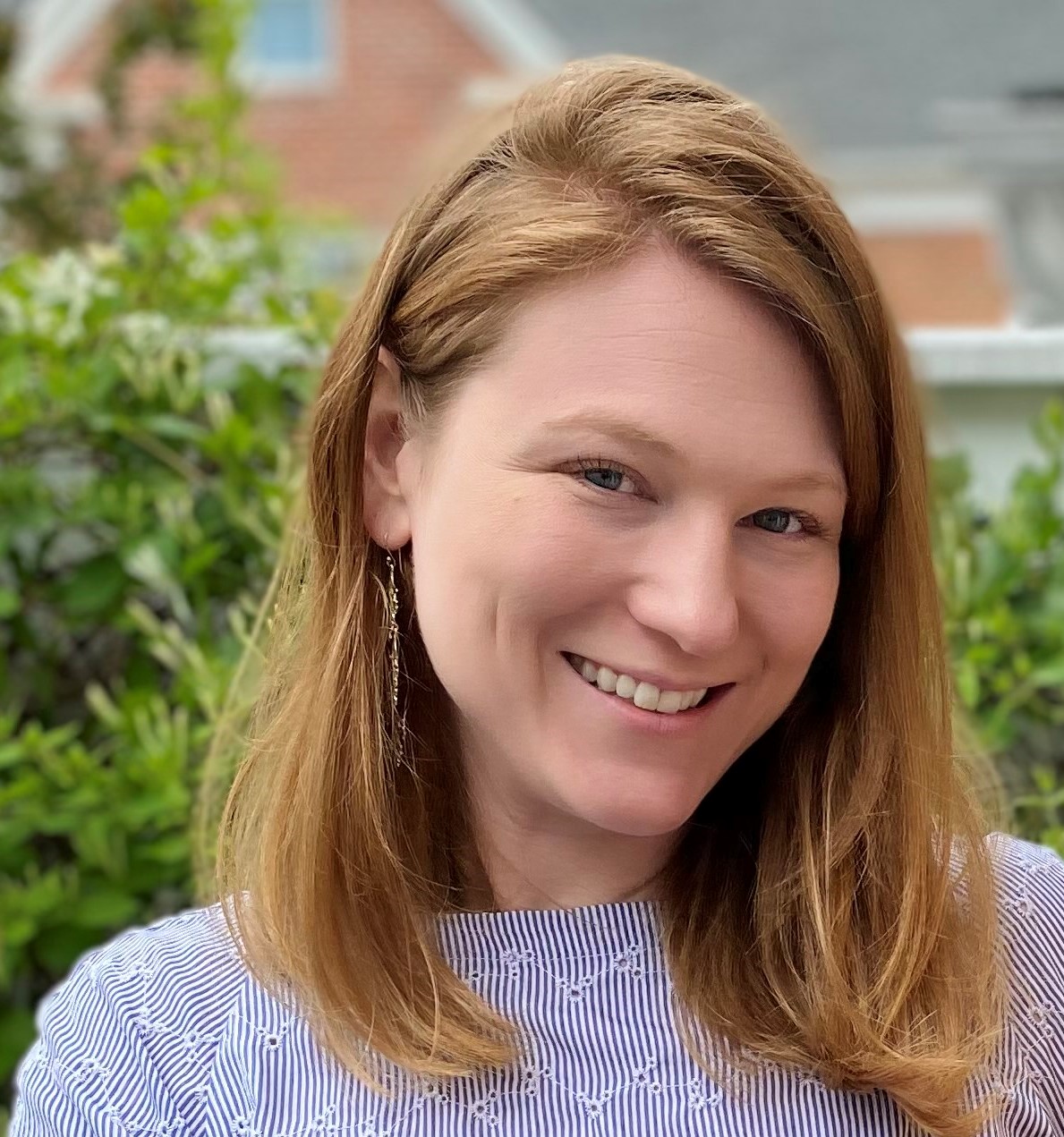-
About the RELs
+
-
For more than 50 years, the RELs have collaborated with school districts, state departments of education, and other education stakeholders to help them generate and use evidence and improve student outcomes. Read more
-
- Regions +
- Products
-
Topics
+
- Achievement Gap Career Readiness Charter Schools College Readiness COVID-19 Data Use Discipline Dropout Prevention
- Early Childhood Education English Language Learners Equity Literacy Mathematics Online Courses Postsecondary Education Principals
- Research Tools Rural Schools Social Emotional Learning Special Education Student Characteristics Teacher Effectiveness Teacher Persistence Teacher Recruitment
- Events
- Blog
- Connect with Us +
Home Blogs New Approaches to Community Math Nights: Overcoming Obstacles to Engage Families
New Approaches to Community Math Nights: Overcoming Obstacles to Engage Families
Appalachia | July 26, 2021
Diana Oliver, math intervention teacher at Hogsett Primary School in Danville, Kentucky, recalls her Community Math Night (CMN) event on March 3, 2020 as a huge success—over 400 students and family 1 members piled into the gymnasium to share a meal, converse with their teachers and other community members, and engage in fun math activities. In retrospect, that math night served as a significant opportunity for educators to connect with families prior to a long stretch of remote learning for students. After a year of continuing to form and rely on deep partnerships with families to support student learning, Oliver was eager to keep the momentum of the 2020 math night alive and determined to host a 2021 math night in the “new normal.” But how? She joined sixteen educators from across Kentucky as a member of the second cohort of educators implementing CMNs in partnership with the Kentucky Department of Education, Kentucky Center for Mathematics, and REL Appalachia. The cohort trainings supported educators in developing a CMN to engage educators, students, and family members in learning and talking about mathematics, thereby helping family members participate in their child's learning and support their child's academic success.
A Community Math Night (CMN) is an extracurricular family engagement event that brings together educators, students, and their family members and other caring adults to learn about, talk about, and have fun with math; reinforce positive math mindsets; help family members participate in their child's learning; and build a sense of community and partnership around math learning. A CMN helps schools and communities create a shared understanding of math concepts and raise expectations for math knowledge and achievement, both of which promote children's success in school. Through purposeful planning, school and community leaders can leverage a CMN as one element of their approach to creating an environment brimming with excitement for math learning that supports positive outcomes for all learners. For more information and resources on CMNs, visit https://ies.ed.gov/ncee/rel regions/appalachia/partners-community_math-nights.asp.
While hosting a spring math night brought new challenges this year, the Kentucky educators did what all educators across the country have done during the pandemic—they brought innovation and a commitment to serving students and families to the design of new approaches to family engagement. This blog post showcases a few of the innovative approaches educators took to implement a CMN this spring to create connection, build positive math mindsets, and engage with families.
Drive-through math nights
A drive-through math night is a hybrid approach that offers families a touchpoint for in-person interaction, while avoiding large gatherings with close contact. At Hogsett Primary School, Oliver and her team organized a drive-through event in which families picked up grade-level supply boxes and pizzas donated from a local restaurant. When they got home, families enjoyed dinner, unpacked the instructions and materials for their math activities, signed on to a Google Meet to engage with educators directly, and accessed virtual pre-recorded videos on the importance of math and math mindsets—featuring student performances of “The Power of Yet,” a song about persistence. After the event families shared photos of themselves at home participating in the activities and sharing dinner via social media and the school's virtual platform.
Over in Monticello, Kentucky, at Bell Elementary School, Jamie Reagan and her team created a “Planting the Seed of Learning”-themed math and literacy event with four drive-through stations—one to pick up math games and activities, a second to pick up a book and accompanying literacy activity, a third to pick up kits with ingredients to build homemade pizzas for dinner, and a fourth to pick seeds, dirt, and flowerpots donated by community partners as a fun springtime activity. As families drove through, the school mascot and high school cheerleaders provided entertainment. Reagan shared that the drive-through format enhanced family engagement by allowing for the interaction with educators that students and families were craving, and it provided families with the activities needed to participate in a night of learning together at home.
Virtual math nights
When circumstances prevent in-person events, a virtual CMN can engage families in a safe and comfortable environment. At Madison Kindergarten Academy in Richmond, Kentucky, Nick Harris designed a website that included key details about a live virtual CMN (such as the agenda and instructions for how to access the event), links to digital math manipulatives and activities, and video tutorials. The video tutorials explained how to engage in the activities, the broader mathematical context, and suggested instructional moves parents could make while engaging in the activities with their children. The website also served as the platform for the two-night CMN, which was designed to function like an online professional conference with an introductory speaker, a keynote address on growth mindset, and a choice of eight concurrent breakout sessions to engage in math activities. The live virtual CMN included real-time support from educators to help families engage in the fun math activities, and the website will be maintained and continue to serve as a resource for families to access additional ideas for engaging in math with their children.
At Stamping Ground Elementary, in Stamping Ground, Kentucky, Wendy Holbrook and her team transformed the CMN concept into an extended, month-long asynchronous event. Families could use Stamping Ground's “Family Math Fun” website, which housed all the CMN activities and video tutorials, or they could request all materials be sent home in hard copy. Each week had a different mathematical focus (for example, geometry or measurement), and students whose families completed a weekly math activity earned the opportunity to participate in special Friday activities, such as Pajama Day. Families flocked to the school's Facebook page to post photos of themselves participating in the math night activities for a chance to earn math-themed prizes.
Lessons learned
Don't let the inability to gather in person stop you from hosting a family engagement event! The educators who hosted CMN in spring 2021 shared these tips:
- It takes a village. Gather a team of educators, administrators, and volunteers to help plan and host your event. Don't hesitate to reach out to community partners or local restaurants for sponsorship or support—you might be surprised at their generosity!
- Promote your event far and wide. Use social media, leverage familiar virtual platforms (such as Class Dojo, Seesaw, Schoology), send home flyers with QR codes for easy access to registration information, and do targeted outreach (phone calls or texts) to families who may be hard to reach.
- Be flexible in the format and hours of your event to maximize the number of families who can participate, and schedule pickup/drive-through hours around other family commitments, such as sports practice.
- Build on the success of the event and continue to engage families by maintaining event websites as hubs for resources and information or by sending home regular family math activities (for example, Family Math Mondays).
Resources for ongoing learning
The resources below provide materials to develop your own math night as well as more information and tools to engage families in supporting math learning and to promote growth mindsets.- Community Math Night Facilitator Guide and Presentation. These materials from REL Appalachia were co-designed with educators in West Virginia and include information and activities to host a math night. The materials focus on developing a positive math attitude and growth mindset and include grade-banded activities in four mathematical content areas.
- “Mathematics at Work” Community Math Night Facilitator Guide and Presentation. These materials from REL Appalachia were co-designed with educators in West Virginia and include information and activities to host a math night. The materials focus on the use of mathematics in various career paths.
- Engaging Families for Math Success. This blog post from REL Appalachia discusses the importance of engaging families in mathematics and resources to support family and community engagement.
- Supporting Your Child in Developing Math Skills for Future Success. This infographic from REL Appalachia displays research on the importance of mathematics, from elementary school to college and careers. It helps family members understand how mathematics learning influences their child's future and provides simple ways they can encourage positive mathematics attitudes and learning.
- Two Strategies to Help Your Child Learn to Love Math. This short video by REL Northwest teaches families two practical, evidence-based strategies for helping kids learn and appreciate math.
- Improving Students' Attitudes and Beliefs about Mathematics. This literature summary from REL Northwest provides an overview of practices and interventions that have been found to promote positive math attitudes and beliefs, including growth mindset, a sense of belonging, alleviating math anxiety, and self-efficacy.
- Teaching Math to Young Children for Families and Caregivers. These family resources and activities created by REL Appalachia, REL Central, and REL Northwest include research-based, easy-to-follow steps to help families support their child's math skills during a typical day.
- Family and Caregiver Activity to Support Young Math Learners' Understanding of Fractions. This cookie-sharing activity from REL West helps families and caregivers teach young children in grades 2–4 about fractions.
1 REL Appalachia uses the definition of family developed by the National Center on Parent, Family and Community Engagement: “We use the word...family to honor all adult caregivers who make a difference in a child's life...Families can be biological or nonbiological, chosen or circumstantial. They are connected through cultures, languages, traditions, shared experiences, emotional commitment, and mutual support.” (See https://eclkc.ohs. acf.hhs.gov/sites/default/files/pdf/family-engagement-cultural-perspectives.pdf, page 1).
Author(s)

Kerry Friedman
Connect with REL Appalachia